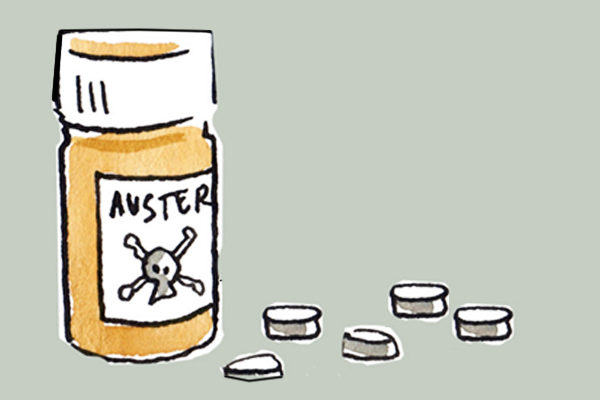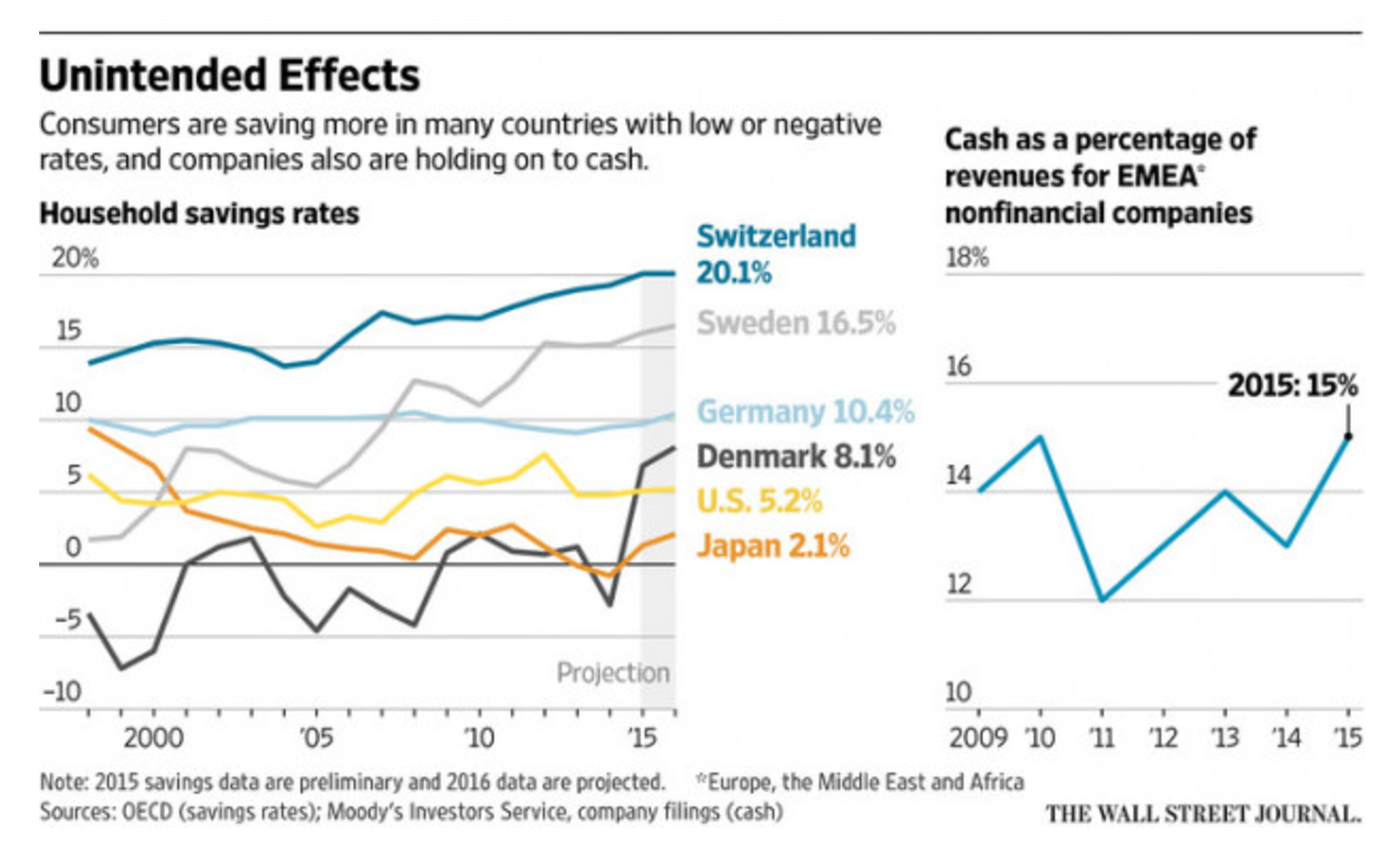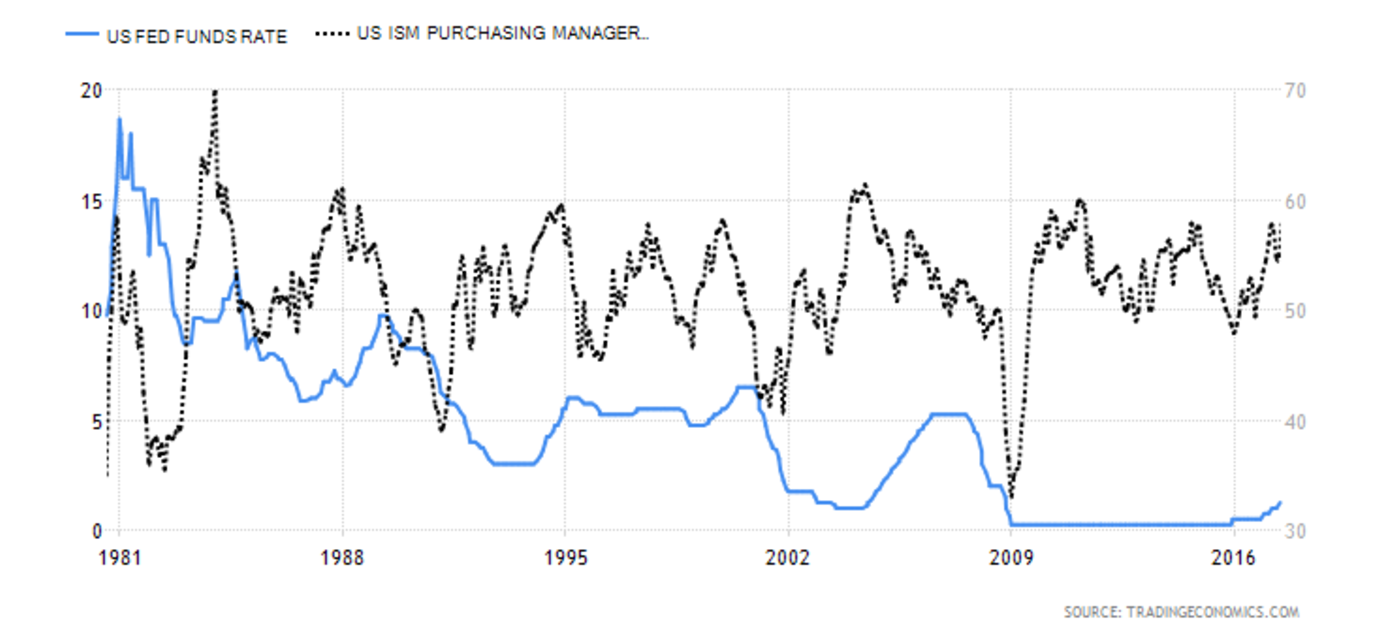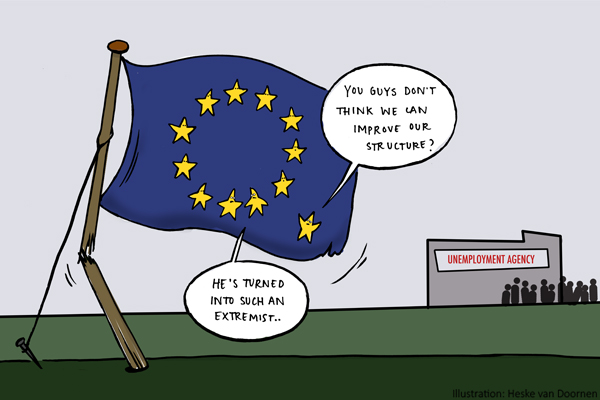“The Funeral of Austerity”– that’s how the FT referred to the IMF’s last round of annual meetings. In a radical departure from past approaches, the fund’s glossy publications encouraged countries to increase spending during the pandemic. Managing Director Kristalina Georgieva even talked about the need to ramp up public investment in service of greener and more inclusive economies. It was a big shift in rhetoric, and it earned the IMF stellar press coverage. But was it just rhetoric, or have things actually changed? To know whether austerity really died, we have to look at what the IMF said to its members states, not to the press.
To give credit where credit is due, the IMF did step up to offer emergency loans during the pandemic. Unlike usual IMF lending, they did not carry conditions; countries were not forced to adopt any particular economic policies to get access. By the end of 2020, over 70 countries had taken out such loans, and they provided a lifeline. As uncertainty around the pandemic triggered a massive capital outflow from the developing world, these loans helped alleviate some of the most immediate needs.
But although conditionality was absent, the emergency loans did come with advice. And despite the novel rhetoric at the IMF annual meetings, the advice was business as usual: regressive taxation, “structural reforms” (deregulation, liberalization, and privatizations), and fiscal consolidation. These are the same policies that the IMF has imposed for decades and that have had disastrous results for borrowing countries. Does the Fund really believe they can be relied upon to provide the inclusive and sustainable growth they’ve come to emphasize?
Answering this question required me to better understand the way the IMF justifies its recommendations. In a report for the ITUC, I was able to unpack just that.
This recent IMF research paper gives some clues by tracing the evolution of the Fund’s growth narratives over time. What becomes apparent is that IMF’s narratives have changed response to politics more so than in response to results. The paper asserts that industrialization, manufacturing, and innovation were considered as drivers of growth by the IMF, until the 1980s. The shift in narrative coincides with a push from the Reagan administration to adopt trickle-down economics and make neoliberal ideology go global.
It was then that the IMF’s narrative on what are the main drivers of growth morphed into the “Washington Consensus”, blaming poor economic performance on government intervention and encouraging states to get out of the way. From that premise, privatizing, deregulating, and liberalizing seem like the path to growth. And the now ubiquitous Dynamic Stochastic General Equilibrium (DSGE) models have helped the cause along. With market superiority built into the assumptions of the model, a lot of mathematics can “demonstrate” the justifiability of the policies proposed.
The Washington Consensus policies are what the IMF refers to as structural reforms. The 1980s marked the start of “Structural Adjustment Programs” that had disastrous consequences for the developing world, while the benefits never materialized. Over the last decades, none of the countries that followed the IMF’s advice were able to industrialize and move up the income ladder. The countries that did move up (such as the Asian Tigers) relied on industrial policy.
After a series of high profile failures and a loss of credibility, the IMF officially discontinued Structural Adjustment Programs. However, while additional language was added to its advice, terms such as inequality, inclusive growth, corruption, and human capital started to appear alongside elements of the Washington Consensus. The structural reforms at the core of those programs are still prevalent.
Those shaping IMF policy advice continue to tell a different story, one where structural reforms work, even if they are unpopular. Their work continues to find creative ways to group countries together to claim that its approach works and blame abysmal growth performance in some of their top “reformers” on their own failures.
For example, a 2019 publication that aimed to defend the benefits of such reforms scored countries based on their adoption of structural reforms. While the paper groups countries in a way that allows reporting better growth from more reforms, a look at the entire sample paints a different picture. The best per capita growth in the sample is from China, which is not a top reformer and certainly not a follower of IMF advice, while top scorers such as Ukraine, Russia, and Egypt have amongst the worse growth performances in the sample.
In general, it is well documented, including in the IMF’s own internal review of programs, that the IMF in its programs and projections continues to underestimate the negative impacts of austerity, while overestimating the growth grains from the reforms it pushes.
While those designing policy advice at the IMF might not be fully ready to admit their approach does not deliver on growth, the institution’s own research department published a series of papers on the negative social consequences of many of these policies. There is IMF research that links policies the IMF has imposed for decades to increasing inequality, and higher inequality to lower growth. Furthermore, Argentina and Greece are just two recent examples of huge spikes in poverty caused by the economic collapse that followed IMF-imposed policy approaches.
If the IMF truly means what it says about wanting to support a green and inclusive recovery, it needs to fully revamp its policy toolkit, and reassess all the advice it gives countries. Even if the IMF were to incorporate concerns about inequality and the environment in its current models, they would still be underpinned by the market fundamentalism baked into the DSGE models it uses. The limitations of adding variables to the same old paradigm are already showing when it comes to climate policies. The IMF is suggesting, all based on carbon pricing and the idea that nudging markets can solve the existential climate crisis in a timely manner, an overoptimistic assumption this time with devastating consequences for the entire planet.
As long as trickle-down, supply-side economics continues to shape the core of its advice, the new IMF will be just like the old IMF, now with more gentle rhetoric.
Lara Merling is a policy advisor at the International Trade Union Confederation, which represents over 200 million workers in 163 countries, and is a Senior Research Fellow at the Center for Economic and Policy Research in Washington DC. You can find her on Twitter @LaraMerling








